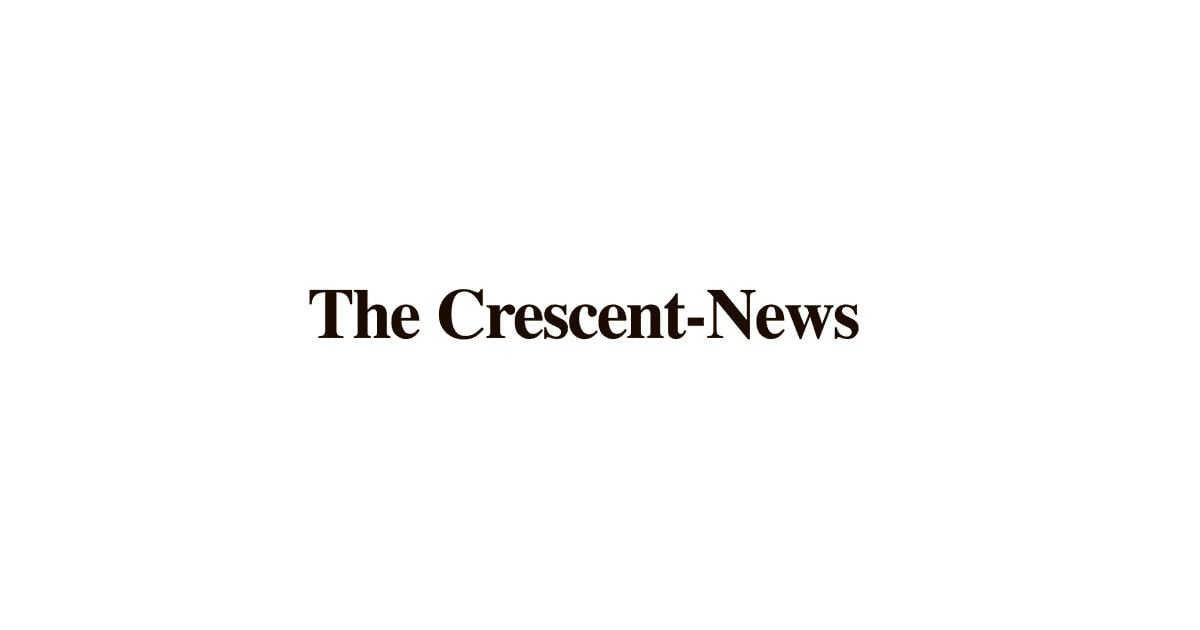A newly analyzed million-year-old skull could push back humanity’s divergence timeline by 400,000 years, a finding that challenges the conventional placement of our origins in Africa. Digital reconstruction of the fossil points to Asia as a possible cradle of human evolution.
Million-year-old skull could change human evolution timeline
Key Takeaways:
- Discovery of a million-year-old skull with significant implications
- Humans may have diverged from ancestral lines 400,000 years earlier
- Findings indicate Asia may rival Africa as our primary origin site
- Digital reconstruction played a crucial role in this research
- The study encourages a reevaluation of current human evolution models
The Weight of a Million-Year-Old Skull
A digital reconstruction of a million-year-old skull has captured worldwide attention for its potential to upend longstanding theories on human evolution. According to the study, “A digital reconstruction of a million-year-old skull suggests humans may have diverged from our ancient ancestors 400,000 years earlier than thought and in Asia not Africa.”
Shifting the Evolutionary Clock
Previously, most researchers placed the emergence of modern humans on a more recent timeline. However, the new analysis hints that this divergence happened considerably earlier. By reexamining the fossil record through high-resolution digital imaging, scientists believe the split between Homo sapiens and their ancestral lineage may date back hundreds of thousands of years more than once assumed.
Asia’s Surprising Role
Beyond readjusting timelines, the study challenges a bedrock assumption about the cradle of humanity. While Africa has long been recognized as the primary locus for human evolution, the findings suggest that key evolutionary processes could have transpired in Asia. Such an assertion invites further research and opens new possibilities in the geographically broad story of our species’ origins.
The Power of Digital Reconstruction
Central to these conclusions is the use of cutting-edge digital reconstruction technology. By digitally mapping the skull’s structure, researchers could identify subtle features and measure morphological details that traditional excavation and analysis might overlook. These techniques have the potential to transform the study of fossils by granting scientists deeper insights into their evolutionary significance.
Reimagining Our Origins
As the scientific community grapples with these findings, the million-year-old skull stands as an emblem of how each new discovery can reshape our understanding of the past. With evidence suggesting an earlier, possibly Asia-centered timeline, researchers and historians alike are prompted to reexamine whether humanity’s story began quite where—and when—we thought it did.











